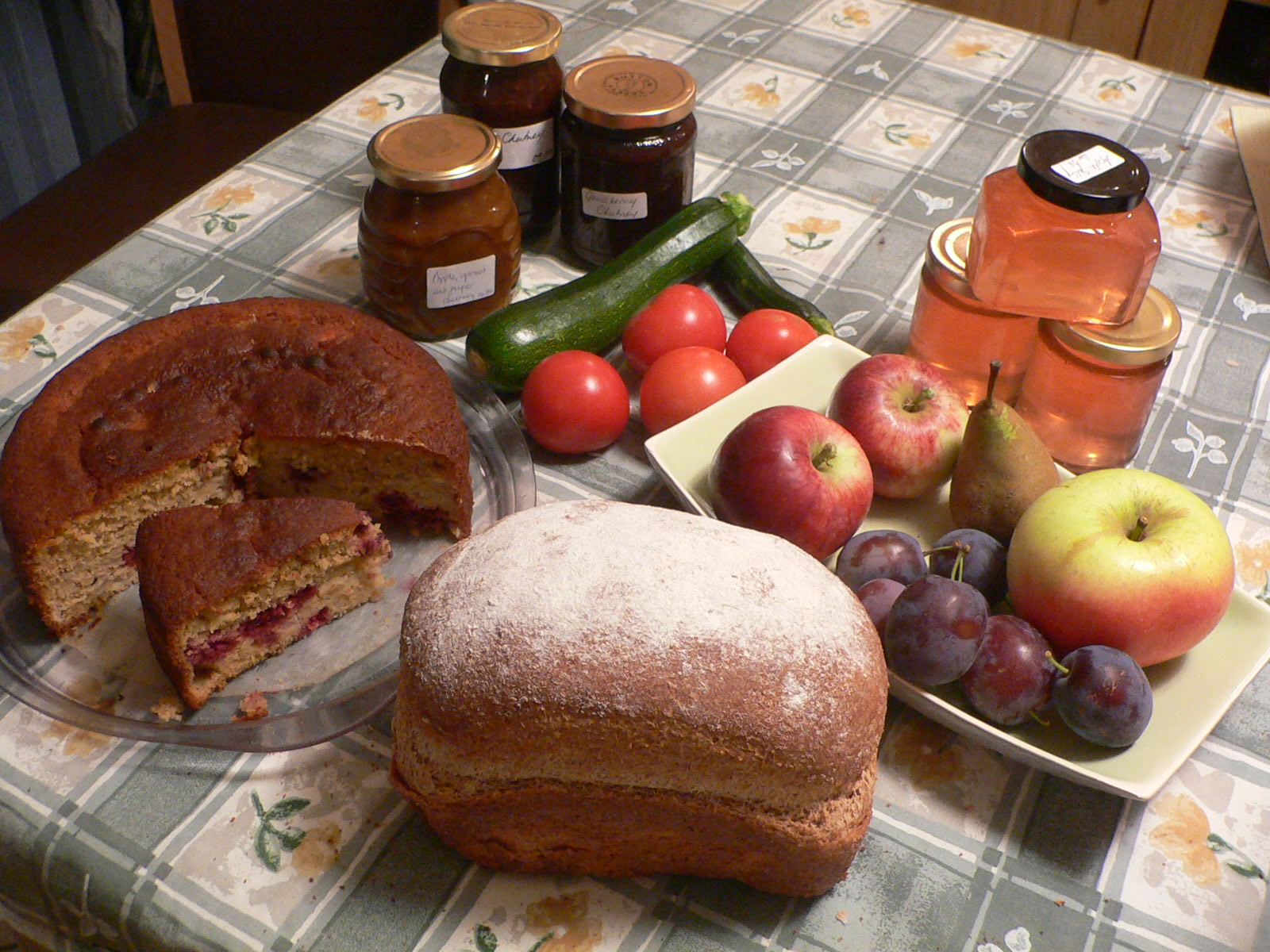EDIT: based on some feedback, I have corrected my original post.
I set out to locate a list of protein levels in common flours, and I found a handy list, reposting for your perusal:
Flour Names & Protein Percentages
- King Arthur Queen Guinevere Cake Flour (8.0%)
- King Arthur Round Table Pastry Flour (9.2%)
- Caputo 00 Extra Blu Flour (9.5%)
- Generic All-Purpose Flour (10.3%)
- King Arthur All-Purpose Flour (11.7%)
- Caputo 00 Pizzeria Flour (12.0%)
- General Mills Harvest King Flour (12.0%)
- Robin Hood All-Purpose Flour (12.0%)
- King Arthur Bread Flour (12.7%)
- Bob's Red Mill Semolina Flour (12.9%)
- Five Roses All-Purpose Flour (13.0%)
- Eagle Mills All-Purpose Flour (13.3%)
- King Arthur Whole Wheat Flour (14.0%)
- King Arthur Whole Wheat Organic Flour (14.0%)
- King Arthur Sir Lancelot Flour (14.2%)
- Arrowhead Mills Vital Wheat Gluten Flour (65.0%)
- Hodgson Mill Vital Wheat Gluten Flour (66.6%)
- Bob's Red Mill Vital Wheat Gluten Flour (75.0%)
- Gillco Vital Wheat Gluten Flour (75.0%)
- King Arthur Vital Wheat Gluten Flour (77.8%)
FYI, this came from a very handy page & calculator I came across at
http://tools.foodsim.com/
The reason I was interested in this is because I wanted to find out how much my protein would be boosted by adding vital wheat gluten to my flour.
I usually use KA All Purpose, which has 11.7% protein. To supplement, I planned to use Bob's Red Mill Vital Wheat Gluten Flour.
WARNING...MATH AHEAD :)
- 1 cup KA AP flour weighs about 125g. If 11.7% is protein, then there is about 14.63g of protein per cup of this flour
- 1 tbsp of Bobs Red Mill Vital Wheat Gluten weighs about 8.5g. If 75% is protein, then 6.375g of protein per tbsp of this flour.
- 1 cup KA AP + 1 tbsp Bob's Red Mill Vital Wheat Gluten = 21g TOTAL protein
- 21g of protein / 133.5g total ingredient weight = .161, or 15.73% of protein in the flour mixture
You can use this same method to calculate the adjusted protein in your flour.
END OF MATH :)
What's interesting to me is that at the recommended dosage, adding 1 tbsp. of Bob's Red Mill gluten to every 1 cup of KA flour would make an extremely high protein flour, higher than what is typically commercially available. I wonder if it would make it totally unusable & gummy?
Then again, if you had a relatively weak, generic AP flour (9% protein), then 1 tbsp per cup would probably bump you to a very respectable 13.2% protein level, close to that of KA Bread Flour. For those that have actually tried this technique, I wonder if it actually performs in a similar way (e.g., similar to KA Bread flour) or do other flour factors (such as ash content, type of wheat, etc) play more into the overall performance of the flour and resulting bread?







